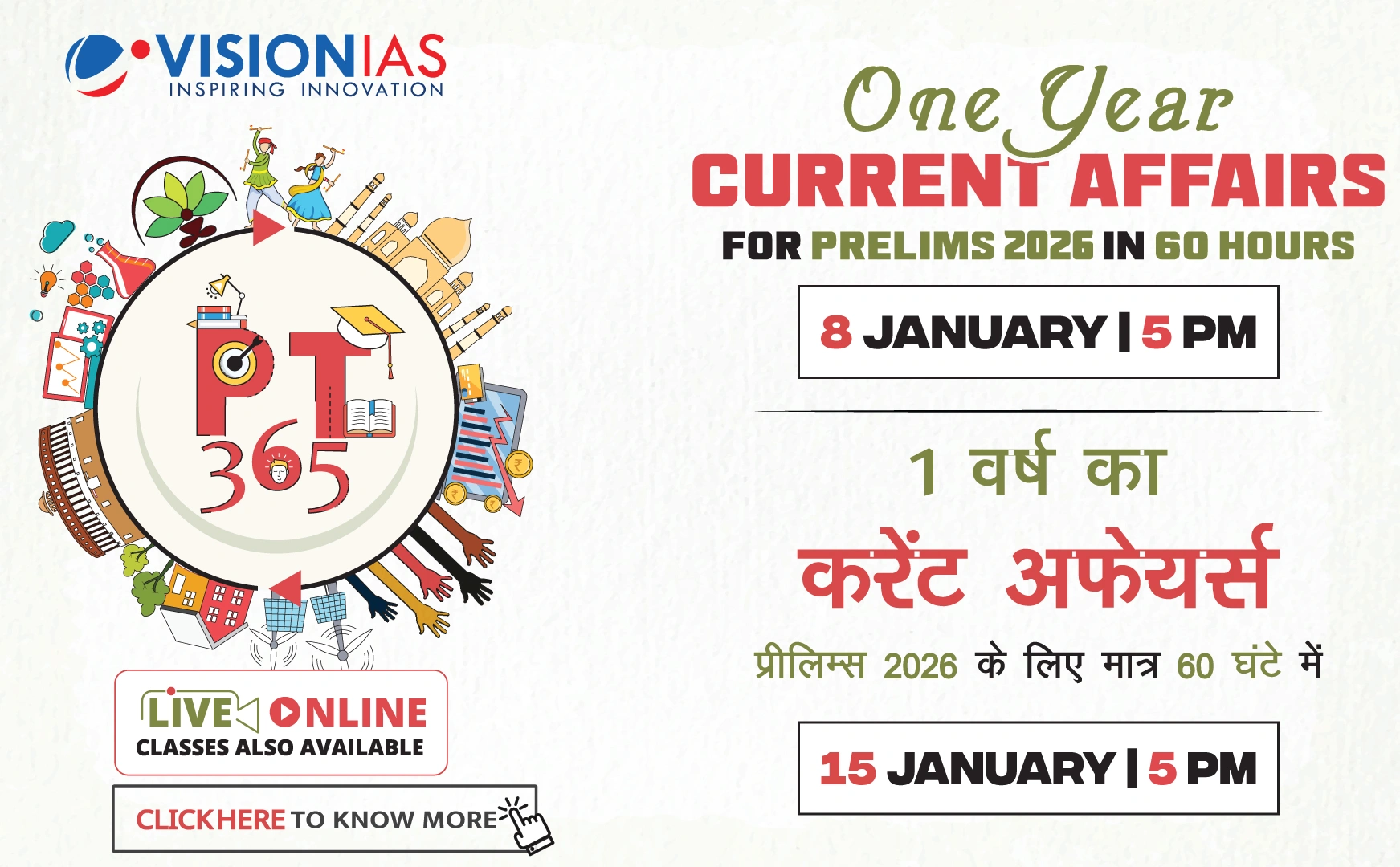Climate Change and Heatwave Impacts on India
Recent Heatwave Trends
- 2023 Early Heatwave:
By end-February, Goa and Maharashtra experienced the year's first heatwave. - Historical Temperature Records:
February 2023 was the warmest month in 125 years, with March showing similar anomalies with temperatures deviating up to 3° C above normal.
Impact on Rivers and Environment
- River Drying:
Major rivers like the Yamuna in Delhi are experiencing low water levels.
Economic and Health Repercussions
- Labor and Economic Impact:
India could lose around 5.8% of its total labor hours by 2030 due to increased heat and humidity, significantly impacting GDP.- ILO estimates highlight a potential loss of 34 million jobs due to heat stress.
- Rising heat could place about 4.5% of GDP at risk.
- Agricultural and Informal Sector Vulnerability:
Heatwaves in 2022 reduced wheat yields by 15-20% and milk production by 15%, raising concerns over food security and inflation. - Water Stress:
Increasing temperatures are causing rivers to shrink and groundwater levels to deplete, intensifying water stress.
Efforts and Challenges in Addressing Heat
- National Disaster Management Authority (NDMA) Initiatives:
The NDMA has collaborated with states to develop Heat Action Plans (HAPs) since 2023. - Challenges in Heat Action Plans:
- Lack of local context in planning.
- Insufficient funding and poor targeting of vulnerable groups.
- Limited integration with broader climate adaptation strategies.
Conclusion
Addressing heat risks requires comprehensive policy integration, focusing on resilience to protect livelihoods, sustain economic growth, and ensure a healthier future.








